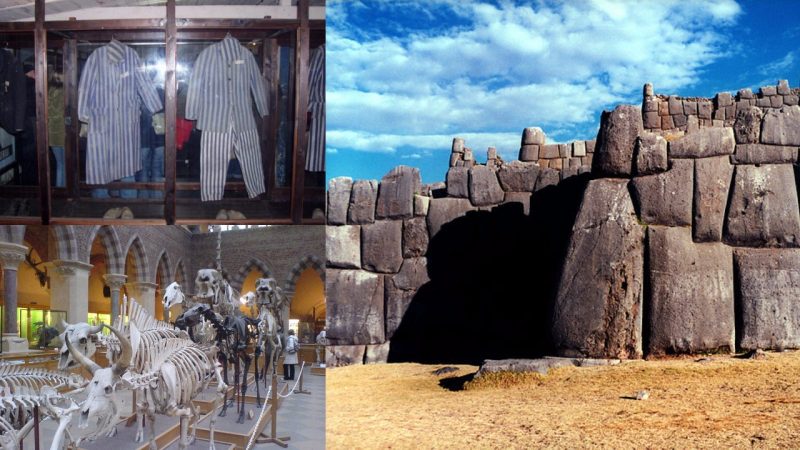Each year, we make discoveries that change the way we understand our history. Some of these discoveries occur in remote areas that we previously thought to be untouched. Other discoveries, however, occur in areas that were long considered to have given up all their secrets.
The reasons that we have overlooked these vary—in many cases, archaeologists had simply not looked in precisely the right spot. But this is by no means universal. The following list are ten of those unexpected discoveries that have been made at familiar sites, as well as some of the reasons of their prolonged concealment.
1. Acres of personal possessions outside a concentration camp
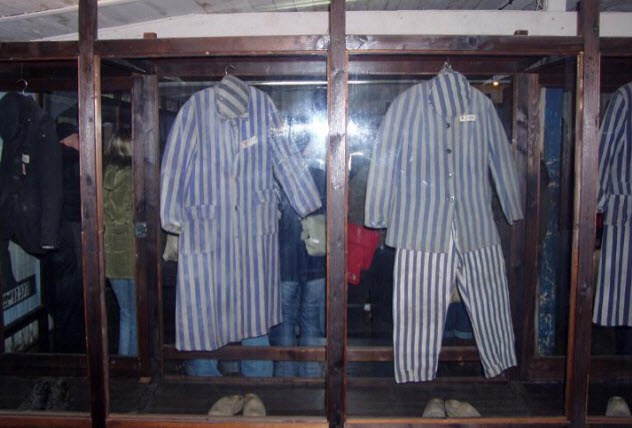
A group of hikers made this shocking discovery in 2015. Near one of the many concentration camps in Poland, they found acres of discarded prison clothing and other personal effects. For sixty years, this part of history had been lost.
Possibly the most surprising part of this discovery was that nearby the forest in which the hikers made their find stands the infamous Nazi prison camp “Stutthof”. These days, the death camp is a museum that receives a large number of visitors and researchers, all of whom had overlooked these artifacts. It wouldn’t have taken that much searching, either. Apparently the clothing was in plain sight. It seems that the forest had simply not been explored since it became a site of genocide.
The reason that the clothing was thrown away was simply that it wasn’t worth keeping—especially since many of their owners would have been quickly killed once they were captured. All kinds of clothing was found—there were shoes, belts, pants, shirts, and so on. It is hardly surprising, given that Stutthof had housed a total of 110,000 prisoners. Of that number, 85,000 would die there.
2. Low-tech elevators in the Colosseum
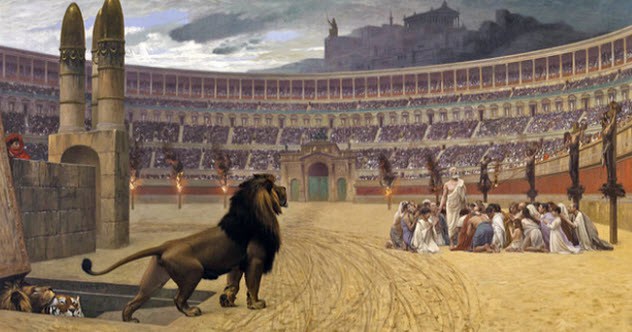
Now, archaeologists have been aware of these elevators, but for centuries, they hadn’t any clue as to what their purpose was. To the archeologists, these were just a series of tunnels, creating a labyrinth, located beneath the Roman Colosseum. Ultimately, all of the tunnels lead to beneath the arena, where trapdoors would then open into the fighting area. It was clear that the tunnels had been built very intentionally. Finally, in 2011, after fourteen years of research, the purpose of these tunnels was discovered.
Heinz-Jurgen Beste, a German archaeologist, explained that the hypogeum—the tunnels—served as a way for both animals and warriors to appear from beneath the floor without being noticed by the audience. It was essentially a theatrical trick to raise the drama of a spectacle, a trick that would be unmatched for centuries. This system was so effective that in one such “performance” hosted by Emperor Trajan, 11,000 animals traveled through these tunnels and into the arena to be killed.
The hypogeum (Greek for underground) had been there since the completion of the Colosseum in 80 AD. Their purpose was forgotten when the Roman Empire fell, however. After the fall, the tunnels were put to other uses, such as a place to store hay, as underground gardens, and stalls for business people. Due to its continual usage, the tunnels had begun to crumble, but this changed when Mussolini took power and had the tunnels cleared.
Restoration began in 1996 by archaeologists, and the true extent of the tunnels was discovered, as well as the intricacies of their functions. These low-tech elevators were operated by a series of levers, ropes, and pulleys, which then resulted in impressive spectacles for audiences. Many modern theaters are not nearly so elaborate nor creative as the Colosseum was with its hypogeum—this just shows how intelligent and innovative our ancestors really were.
3. A cannibalized body at Jamestown
Jamestown, Virginia was one of the first permanent English colonies in America. Today, it is one of the most revered historic spots in the United States by researchers, who often visit in hopes to unlock more of its secrets.
Despite all the research, it wasn’t until the summer of 2012 that historians made a disturbing discovery. In a hole that also contained butchered horse and dog skeletons, they found a body of a fourteen-year-old English girl, who died in the winter of 1609. The hole had clearly been dug during a severe famine—it was well documented that that particular winter was harsh and food supplies were low.
The governor of Jameson during this “starving time” was George Percy. In 1625, Percy wrote a letter that described how colonists ate their horses, vermin, and leather goods, such as their boots. He continued his horrific tale and revealed that the colonists even dug up their dead.
The young girl found in 2012 was one of the victims of starvation. Researchers discovered strikes at the back of the girl’s head—apparently an effort to reach her brain tissue, the most desired part. Whoever was attempting to harvest her flesh was clumsy, however; it was as if that person was inexperienced. Unfortunately, no more details about the girl’s death have yet been discovered. Was she intentionally killed or had she died of natural causes? Chances are we will never know.
4. A mass graveyard at the Bedlam Asylum
At one time, Bedlam Asylum was one of the most important mental asylums in the world. Now, it is merely an offhand way of referring to insanity or chaos. The Bedlam Asylum gained an infamous reputation due to the treatments that were utilized. In the past, many mental illnesses were untreatable and people who were considered harmful were locked up. These patients were subjected to brutal treatments and extremely poor conditions. This resulted in a very high mortality rate.
That being said, however, not many people thought about where all the patients were buried. Fast forward to 2015, workers were digging near the Bedlam Asylum at the location that would become the Crossrail’s Liverpool Street station. They uncovered a horrific sight: a mass grave. There was only one headstone that read, 1665. It soon became clear that this grave was a repository for patients suffering from the Black Plague who had been isolated at Bedlam.
Once the excavation started, an estimated 3,500 corpses have been recovered. Historians do believe that more are waiting to be discovered—an estimated 30,000 victims. Although the number seems high, the cemetery was in use for almost 200 years, from 1569 to 1738. Unlike other nearby cemeteries, victims in this cemetery were piled on top of each other. It was a burial place for the outcasts of English society: those without a religion, the poor, or the sick. During a particularly infamous outbreak of the plague in 1665, victims were dumped in this cemetery because other cemeteries were overflowing.
5. Buried gas chambers in Poland
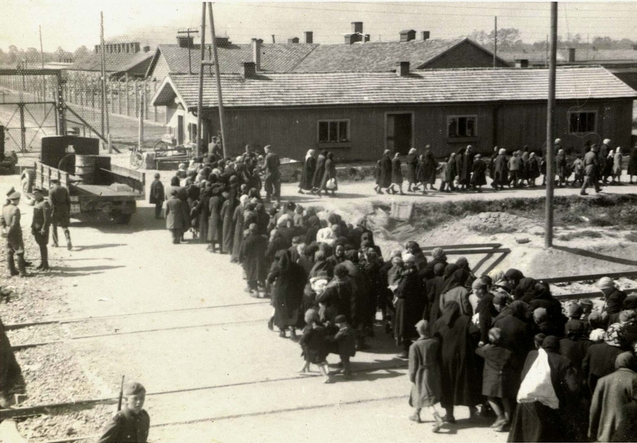
This is another one about concentration camps. while archaeologists were digging up a road near the Sobibor concentration camp they made a discovery. There was a series of gas chambers that had been hidden since World War II. Although the chambers had been buried under an asphalt road, researchers could estimate the size of the chambers and estimate the number of victims that could have been inside.
For those who don’t know, gas chambers were one of many horrors that people faced in World War II. At the Sobibor concentration camp, an estimated 250,000 Jews were killed in the chambers. It took just fifteen minutes to kill victims when the chambers were in operation. Near the hidden chambers, archeologists found personal items, such as a wedding ring. This is even more evidence that the Nazis attempted to complete a cover-up before they were defeated.
This cover-up was apparently successful at Sobibor, because there were so few prisoners who survived and few personal possessions found. So far, eight chambers have been discovered. During their use, Germans supposedly bred geese to drown out the screams of the prisoners in the gas chambers. Since the entire concentration camp was destroyed after a prisoner uprising in 1943, the gas chambers are the only evidence that remain relatively untouched.
6. Infant remains at the Yewden Villa
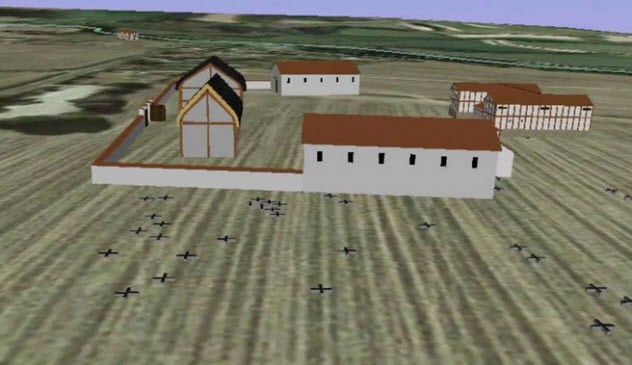
Nearly 100 years ago, the Yewden Villa, an ancient Roman villa, was discovered by archeologists underneath the English town of Buckinghamshire. For reasons that are unknown to us, the archeologists covered up the villa’s most gruesome relics. These relics were quickly forgotten, and it would take a century for them to be rediscovered.
The discovery was made by Dr. Jill Eyers. Dr. Eyers had been going through a museum storeroom in 2008 when she rediscovered the remains of ninety-seven infants that had been found at Yewden Villa. The remains were tested and found to be from 150 AD to 200 AD. As to why the babies had been buried at the villa, several theories persist. Dr. Eyers’s theory is that the villa had served as a brothel. The babies had been the result of their mothers’ profession and, as sad as it is, had been abandoned by them.
Another theory suggests that the villa had been the site of rituals performed by a mother goddess cult and the infants were a part of it. The babies could have been stillborn, and their mothers had taken them to the site in order to beg the goddess for healthy children.
Further testing revealed that there were cut marks located on the bones of the infants. This could indicate many different things: human sacrifice, removing of the flesh before burial, or even dismemberment of the fetus to save the life of the mother. Unfortunately, the Yewden Villa is now buried beneath a field, so any clues as to its purpose are buried along with it.
7. Burial ground for aristocratics at Stonehenge
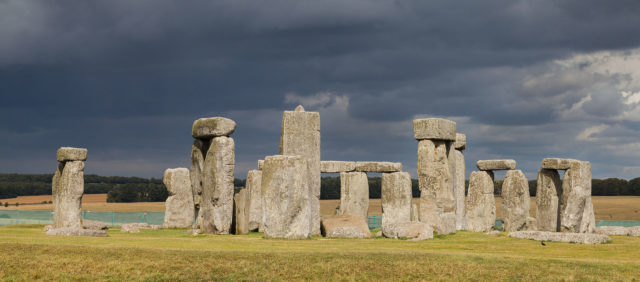
Stonehenge is a prehistoric monument in England. Despite the fact that it is one of the most iconic sites in the world, Stonehenge still mystifies researchers. We don’t know why it was built, who built it, and how it was built. Luckily, this past year, a new discovery was made and might shed some light on these questions.
Around Stonehenge, there are fifty-six chalk pits. During an excavation of one such pit (the Aubrey Hole 7 pit), archeologists discovered a burial ground. Holding a total of fourteen young females and nine young males, the burial ground has been theorized to be a cemetery for highly respected, aristocratic individuals of the time.
This discovery is doubly impressive because it is a prehistoric cemetery—these are incredibly rare to find; at the time, only the most powerful people would have been buried with such respect. The burial ground at Aubrey Hole 7 has been dated as far back as 3000 BC. The fact that men and women were buried together has changed historians’ perspective of gender roles of the time. Having both sexes buried in the same place means that both sexes were treated equally—this is not something that was common in most cultures during that time. Furthermore, this discovery adds to the theory that Stonehenge served as a monument for the dead.
8. A mythical war at an Incan fortress
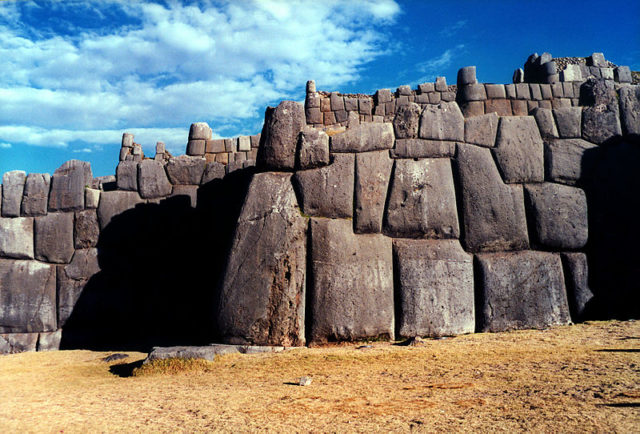
In the deep mountains of Ecuador, stands a 500-year-old Incan fortress called Quitoloma. It is the only survivor of a seventeen-year war that had been long forgotten by historians. The fortress, understandably, is well-equipped for battle. It has plenty of areas for weapon storage, as well as 100 structures that served as living spaces, all of which are sturdy and built from solid stone. This fortress has aided historians by providing a layout that the Inca used for their structures. From this one fortress, historians were able to locate and piece together nineteen other fortresses that the Inca used in the war against the Cayambe.
Back in the 16th and the 17th centuries, Spanish conquistadors wrote of a war that occurred between the Incas and their neighbors—it was a war that many regarded as nothing but folklore. With the discovery of the fortresses, however, many researchers are reconsidering their opinions.
Thefortresses stand 3,000 meters (around 10,000 feet) tall. While the Incans used stone to build their fortresses, the Cayambe used a volcanic rock called cangahua. The fortresses proximity matches the descriptions by the Spanish of a particularly brutal war that lasted seventeen years.
Since the fortresses were only recently discovered, more excavation and study is needed. However, by just existing, it proves that the “mythical” war did happen. The result of the war seems inconsequential, because within a few decades of its conclusion, the Spanish arrived and conquered both the Incan and the Cayambe.
9. Gladiators in ancient London
In 1988, thirty-nine human skulls were discovered at the London Wall, near what would become their future home, the Museum of London. For twenty-five years, the skulls remained a mystery. Historians attempted to determine what year the skulls were buried and why these people were killed in the first place. Eventually, it was found that they hailed from the Roman era—around the time of Britain’s Roman occupation. Precisely, they have been dated from 120 Ad to 160 AD, and their deaths were gruesome. One skull, for example, showed signs of a vicious dog attack. Thanks to advances in forensic technology, researchers found that all of the skulls showed some kind of damage from violent conflict.
The most common form of execution at the time was decapitation, so researchers determined that that was the cause of death for these people. Adding to that, near the area where the skulls were found, an amphitheater had stood—this gives credence to the theory that the skulls belonged to gladiators. When gladiators were executed via decapitation, their heads were merely dumped into open pits. This not only explains why they were found in a pile, but also how the skull with the dog teeth marks came to be. Animals found the pits to be a great source of food and would eat the remains of the unfortunate gladiators. Interestingly, the second century AD is considered one of the most peaceful times for Roman occupied London, but apparently it wasn’t peaceful for everyone.
10. 2,000 bones beneath Oxford’s Museum of the History of Science
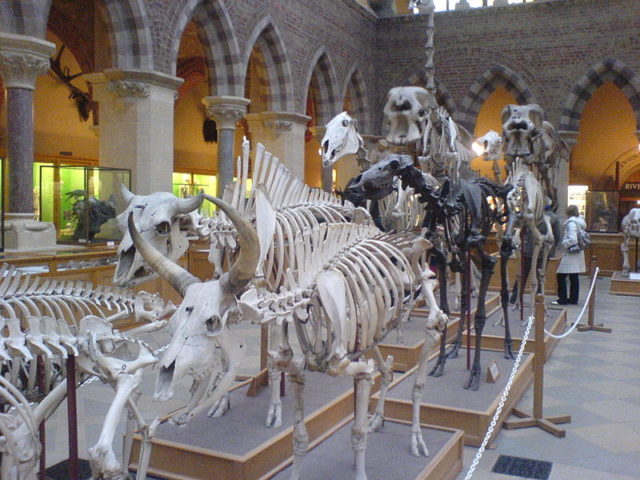
Most of the bones in the Museum of the History of Science at Oxford are cataloged and on exhibit. However, in 1999, the basement of the museum was excavated. It had been built in the 17th century. During the excavation, a stone well and two concrete pits were found. These had been previously unknown to historians. Inside the pits, old artifacts were found, including chemical vessels and about 2,000 bones. As archaeologists were going through the bones, fifteen humans, including three fetuses, were found. About 800 of the 2,000 bones turned out to be belonging to animals.
As the research was done, archaeologists found the reason that the bones were in the basement. They were needed for dissection.
Back in 1710, Zacharias Conrad von Uffenbach, a German man, recorded a dissection that he had attended in the basement of the Oxford museum. At the time, the museum was known as Solomon’s House. It had been built in 1683 and was meant to be used for experimental natural philosophy, of which dissection was a key part.
At that time, researchers could only legally obtain human bodies if those bodies had been executed criminals from the gallows. However, since the bodies that were found had a variety of ages (from fetal to elderly), it seems that they were obtained through illegal channels. If human bodies were scarce, dog or badger carcasses were used.
One of the more unusual skeletons found in the pits was that of an African manatee that may have been put on display as a mermaid. As for the rest of the bones, it appears that after they had been dissection, they were dumped into the pits beneath the museum and then covered up.
